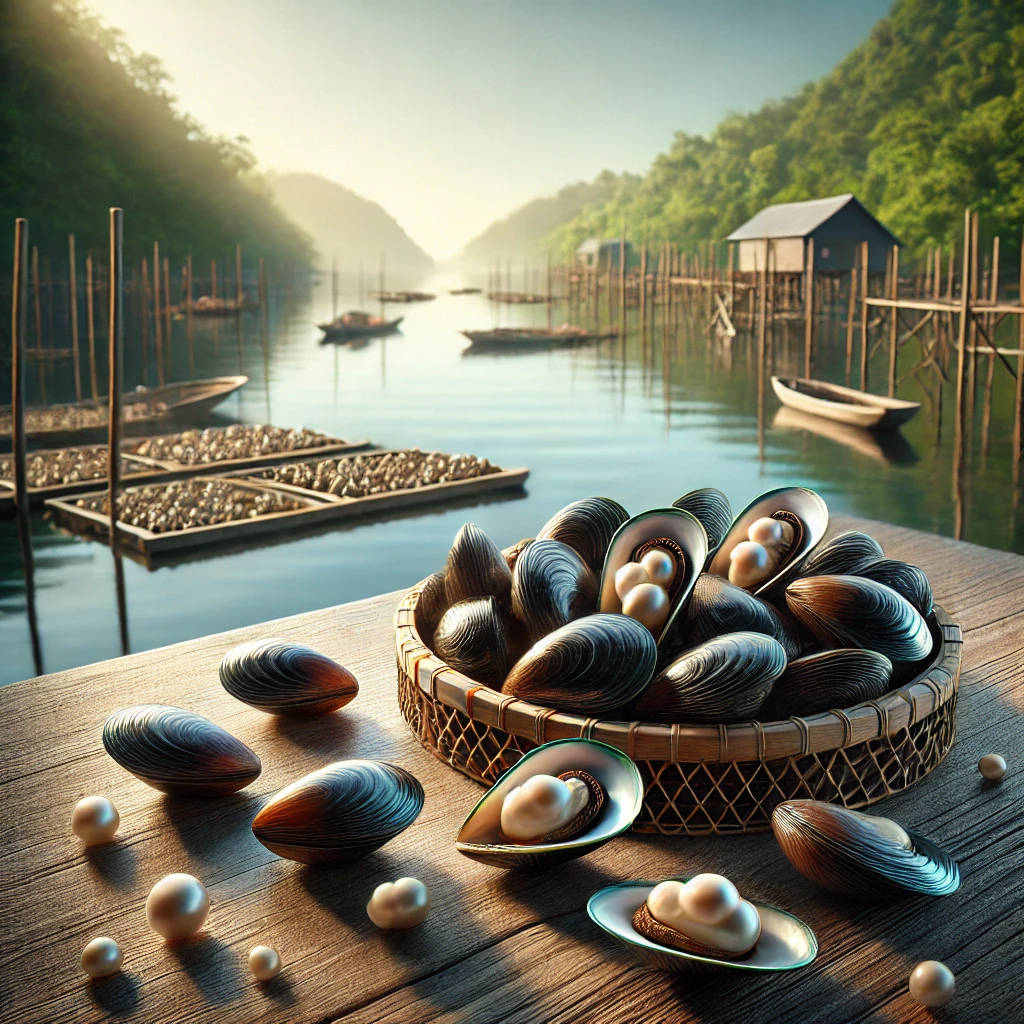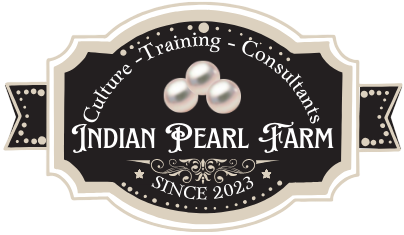
Quality Seeps – Mussel shells for Pearl Farming
Quality “seeps” or mussel shells are crucial for successful pearl farming, as they serve as the medium or host for culturing pearls. These shells must meet specific criteria to ensure the best environment for pearl formation:
Characteristics of Quality Mussel Shells for Pearl Farming:
- Species Suitability:
- The species of the mussel must be suitable for pearl farming. Commonly used species include Pinctada maxima (gold and silver-lipped pearl oysters), Pinctada margaritifera (black-lipped pearl oysters), and Hyriopsis cumingii (used in freshwater pearl farming).
- Health and Thickness:
- The shells should be healthy, with no signs of disease or damage.
- Thickness and resilience are important for ensuring the mollusk can handle the surgical implantation of the nucleus.
- Growth Stage:
- Mussels at the optimal age and size (usually 2–3 years old) are preferred, as they are mature enough to handle implantation but young enough to produce high-quality nacre layers.
- Shell Cleanliness:
- Free of barnacles, algae, and other impurities that could interfere with the pearl cultivation process.
- Geographical Source:
- The environment where the mussels are harvested should have clean water, rich nutrients, and optimal salinity, as these factors influence the quality of nacre.
- Sustainability:
- Ethically sourced mussels from sustainable aquaculture practices are preferred to minimize environmental impact.
- Pearl Compatibility:
- The interior surface of the shell should have a high nacre quality and smooth texture to ensure consistent pearl layers during cultivation.


0 Comments
No comments yet. Be the first to comment!